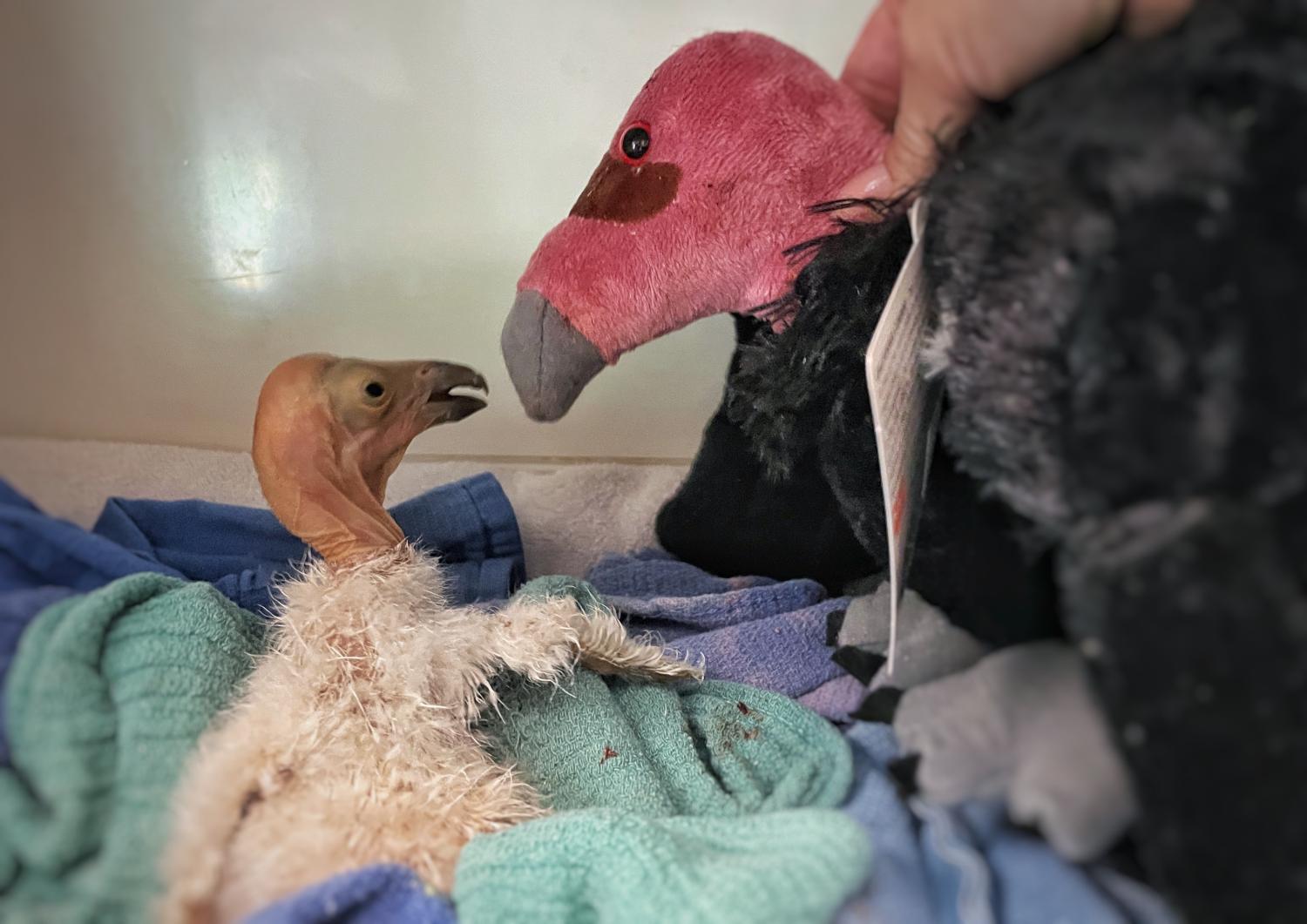In the latest highly pathogenic avian flu developments, Brazil reported the H5N1 strain for the first time in wild birds, and US officials today announced the emergency use of vaccine to stave off more deaths in endangered California condors.
H5N1 in Brazilian shorebirds
Brazil has reported its first H5N1 outbreaks involving wild birds, according to a notification yesterday from the World Organization for Animal Health (WOAH).
Two sick terns were found on beaches on the coast of Espirito Santo state in the southeast. The birds, plus a brown booby at the rescue facility, showed neurologic symptoms. One died, and the two others were euthanized. Samples from all three birds were positive for H5N1.
Since the latter part of 2022, H5N1 has spread southward in the Americas, part of global expansion of the current clade.
Following the introduction of H5N1 to South American countries, the virus has turned up in sea mammals, such as sea lions in Chile, and in poultry flocks. Also, Chile and Ecuador have each reported a human case, which are rare and typically limited to people who have extensive exposure to infected birds or their environments.
Vaccination plans for endangered US condors
In the United States, the US Department of Agriculture (USDA) announced in an email statement today that the Animal and Plant Health Inspection Service (APHIS) has approved the emergency use of highly pathogenic avian influenza vaccine to prevent more H5N1 deaths in endangered California condors.
The National Parks Service first announced the outbreak in condors in early April.
A May 12 update from the US Fish and Wildlife Service (USFWS) said 21 condor deaths have been reported so far, including 8 breeding pairs.
Five birds are in care, including a newborn chick born from an egg of a mother that had died from its infection. The chick's father had tried to incubate the egg, but workers retrieved the egg following concerns about his health and exposure to the contaminated nest environment.
Regarding vaccination, the USDA said the USFWS contacted it in late March after the first condor death from H5N1 was confirmed. USDA officials said the vaccine is a killed inactivated product licensed by APHIS' Center for Veterinary Biologics in 2016.
Because the vaccine hasn't been tested in condors, scientists will do a pilot safety study this month in vultures—a similar species—before immunizing the condors.
APHIS said it approved the emergency use of the vaccine in the condors because they are critically endangered, they are closely monitored, and their populations are small. The agency said it doesn't expect the vaccination in condors to have any impact on the poultry trade.
Assessing a poultry vaccine
In April, the USDA's Agricultural Research Service began testing several candidate vaccines for possible use in poultry, with initial data expected this month.
The USDA has estimated that if a product were needed for use in commercial poultry, it could be ready within 18 to 24 months. Officials have noted drawbacks to vaccine use, however, including the risk that asymptomatic vaccinated birds could continue to spread the virus, which has export implications.
The pace of outbreaks in poultry has slowed considerably over the past several months.
Meanwhile, in other US avian flu developments, APHIS reported four more detections in mammals, bringing the total to 180. They include a skunk in Colorado, mountain lions in Nebraska and Wyoming, and a red fox in Rhode Island.




















